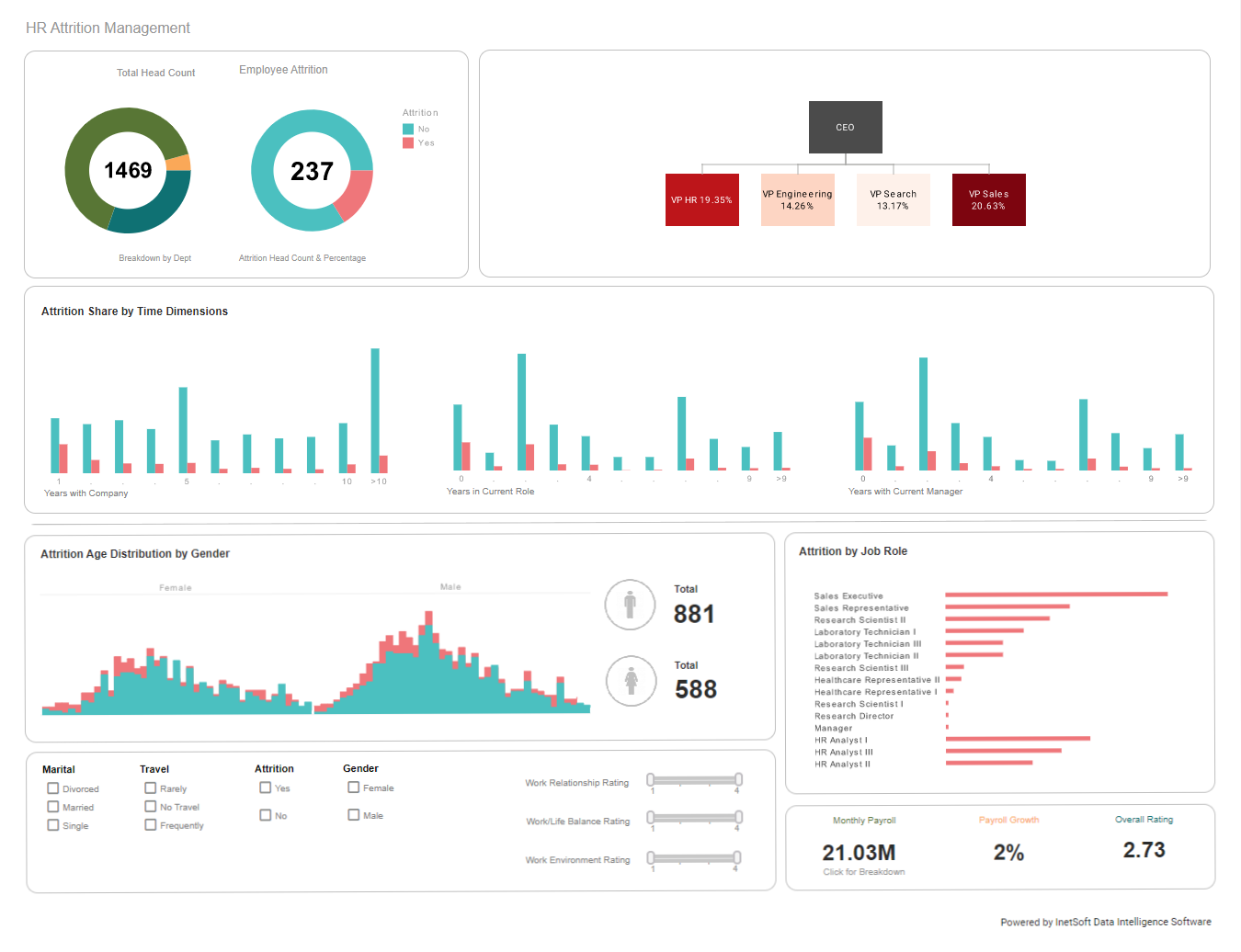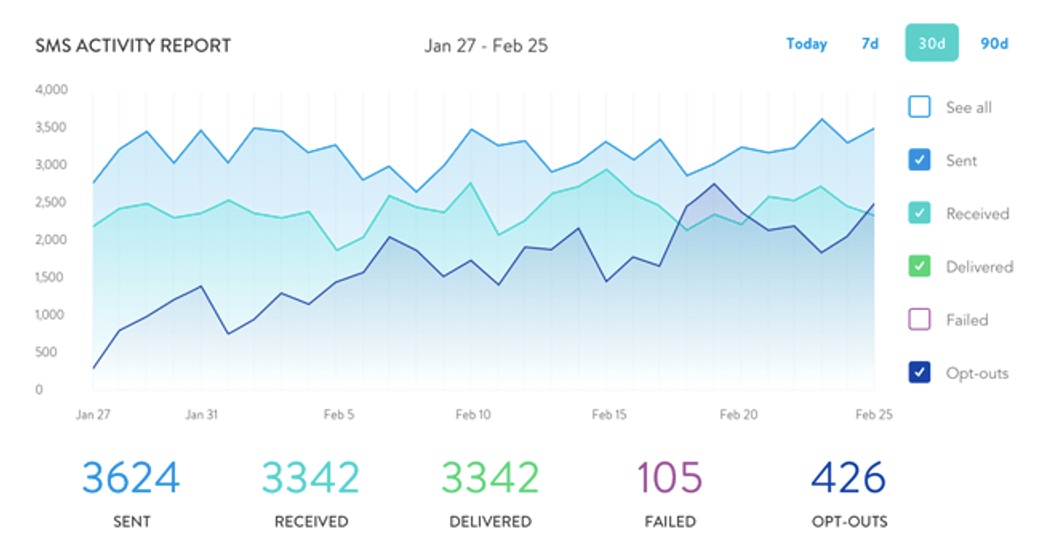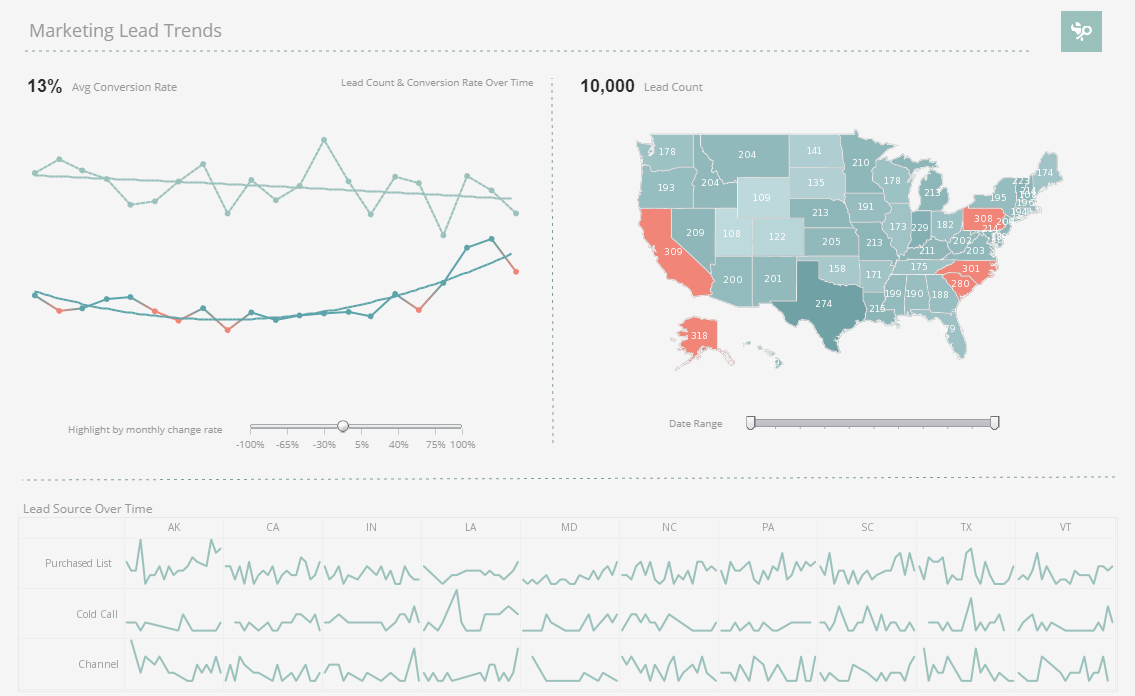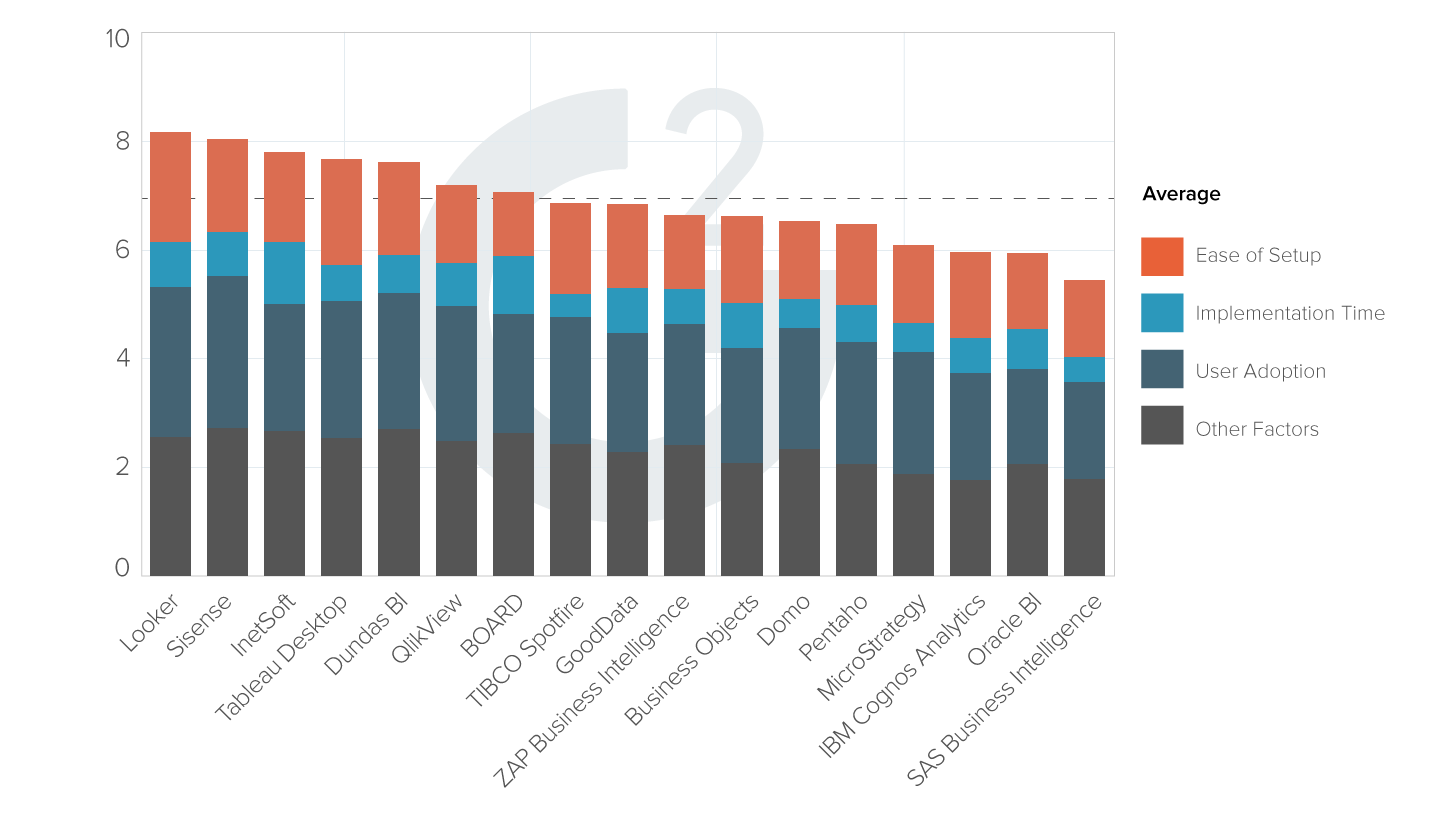Evaluate InetSoft's Software for Tracking Key Performance Measures
Key performance measures (KPMs) are business metrics used to track an organization's performance. Any industry, agency, or organization must measure its performance on a daily, monthly, quarterly basis. InetSoft's pioneering KPM tracking application produces great-looking cloud-based dashboards with an easy-to-use drag-and-drop designer. View a demo and try interactive examples.

Register for more information and a personalized demo
About InetSoft
Since 1996 InetSoft has been delivering easy, agile, and robust business intelligence software that makes it possible for organizations and solution providers of all sizes to deploy or embed full-featured business intelligence solutions. Application highlights include visually-compelling and interactive dashboards that ensure greater end-user adoption plus pixel-perfect report generation, scheduling, and bursting. InetSoft's patent pending Data Block™ technology enables productive reuse of queries and a unique capability for end-user defined data mashup.
This capability combined with efficient information access enabled by InetSoft's visual analysis technologies allows maximum self-service that benefits the average business user, the IT administrator, and the developer. InetSoft was rated #1 in Butler Analytics Business Analytics Yearbook, and InetSoft's BI solutions have been deployed at over 5,000 organizations worldwide, including 25% of Fortune 500 companies, spanning all types of industries.

What Key Performance Measures Does a Process Engineer at a Cheese Producer Track?
A process engineer working at a cheese production facility is responsible for optimizing and ensuring the efficiency of various stages in the cheese-making process. Key performance measures for a process engineer in this context may include:
- Production Yield:
- Definition: The ratio of usable cheese produced to the amount of raw milk input.
- Significance: A high production yield indicates efficiency and cost-effectiveness in the manufacturing process.
- Quality Control Metrics:
- Parameters: Consistency in texture, flavor, and appearance.
- Significance: Ensuring that the cheese meets the desired quality standards, which is crucial for customer satisfaction and brand reputation.
- Process Efficiency:
- Metrics: Time taken for each stage of production, equipment utilization rates.
- Significance: Identifying bottlenecks and optimizing production processes for higher throughput and resource efficiency.
- Energy Consumption:
- Indicators: Energy used per unit of cheese produced.
- Significance: Monitoring and minimizing energy consumption to improve sustainability and reduce operational costs.
- Waste Management:
- Metrics: Amount of waste generated per batch.
- Significance: Minimizing waste through efficient production processes and recycling measures.
- Sanitation and Hygiene Compliance:
- Parameters: Adherence to cleanliness and hygiene standards.
- Significance: Ensuring that the production environment meets regulatory requirements and maintaining food safety.
- Equipment Reliability and Maintenance:
- Indicators: Downtime due to equipment failures, preventive maintenance schedules.
- Significance: Maximizing equipment uptime and reliability to avoid disruptions in the production process.
- Cost Analysis:
- Elements: Raw material costs (raw milk, mesophilic culture, and rennet) labor costs, operational expenses.
- Significance: Analyzing and optimizing costs to improve profitability without compromising product quality.
- Employee Training and Skill Development:
- Metrics: Training hours, skill proficiency assessments.
- Significance: Ensuring that the production team is well-trained and capable of maintaining high-quality standards.
- Environmental Impact:
- Indicators: Emissions, water usage, and waste disposal impact.
- Significance: Monitoring and reducing the environmental footprint of the production process, aligning with sustainability goals.
- Customer Satisfaction and Feedback:
- Feedback Mechanisms: Surveys, customer complaints, and reviews.
- Significance: Understanding customer preferences and addressing any concerns to maintain and improve product quality.
More Resources and Articles about InetSoft's Key Performance Measures Dashboard Solution
Characteristics of Modern Dashboards - /business/bi/automotive_industry_data_dashboards/ Since the early 2000s, there have been massive changes in the business world. Technology has shown us the value of customers. We are encouraging everyone to come up with ideas even if they are not profitable at the moment. Businesses are focused on modern metrics such as organizational excellence, work-life balance, and net promoter score to name a few. Here are some of the things that matter to modern businesses... CX Operations Analyst KPIs - /info/customer-experience-operations-analyst-kpis-analytics/ Providing outstanding customer experience has become an important difference in today's fiercely competitive corporate environment. Companies use customer experience operations analysts, who are critical in gauging and enhancing customer happiness, to do this... GrubHub's Political Profiling Campaign - /business/bi/data-intelligence-marketing-examples-in-action/ As you can see from the video above, trendy delivery app service Grubhub injects a healthy dose of personality and personalization into its marketing campaigns-and this is no accident. Through analytic reporting and data-driven marketing, the brand has the tools to match its content to appeal to specific consumer preferences and demographics-a real driver of the brands growth in a crowded market... Instagram Marketing Data Mining - /business/bi/data-mining-instagram-marketing/ This is where data mining comes into play, offering valuable insights to help businesses increase sales on Instagram. Let's dive deeper into Instagram data mining and how it actually boosts your overall Instagram marketing strategies...
 |
View live interactive examples in InetSoft's dashboard and visualization gallery. |
Market Research Dashboard Analytics - Descriptive Research: Purpose: This type aims to describe the characteristics of a population or phenomenon. It provides a snapshot of the current situation. Example: Surveys or questionnaires to understand customer demographics. Exploratory Research: Purpose: This is used when the problem or issue is not well understood. It helps in identifying potential solutions or avenues for further investigation. Example: In-depth interviews, focus groups, or case studies...
Watching Numbers Fly Across The Screen - But if you are an executive who has grown up squinting at spreadsheets and budgets or if you are an operations manager or specialist who has grown up watching numbers fly across the screen; you probably are used to observing and analyzing information that way. You might find visualizations that require a lot of clicks and page changes to be a new sense. So I think a lot of it just has to do with the habits you've developed for how you observe and consume information...
Ways AI and Machine Learning Improve Content Strategies - AI and machine learning influence content marketing in many different ways, but we will concentrate on the nine most useful and interesting solutions. Here they are: 1. Content research and topic generation The vast majority of content creators find it difficult to keep coming up with interesting and valuable topics day after day. It's a serious job that demands a fair share of research and analysis if you want to identify the best topics for your target audience. AI and machine learning make it a much simpler process because they automate research based on multiple inputs. New technologies analyze search intent, keywords, content trends, and many other factors to determine the most relevant topics in a given moment...






